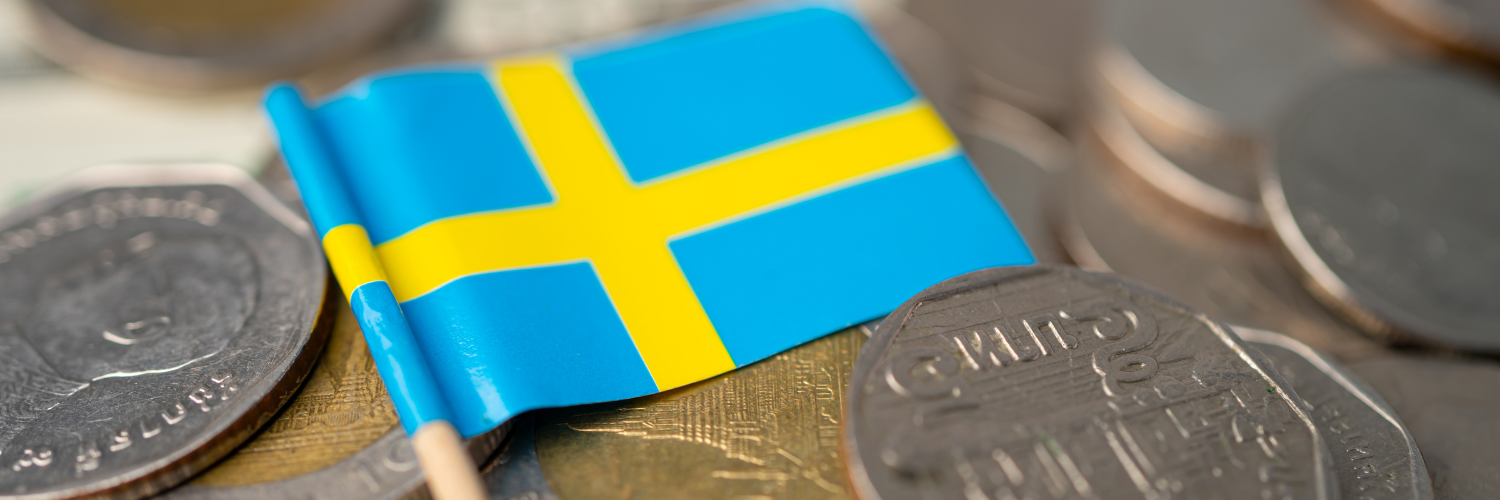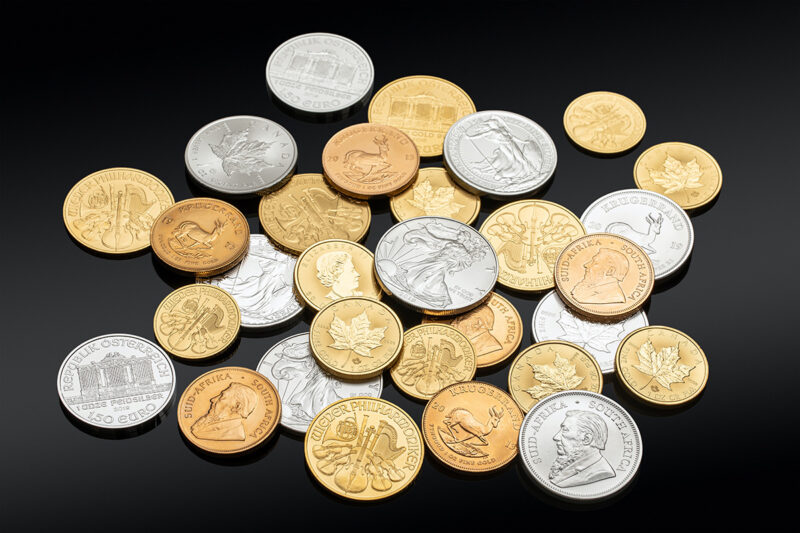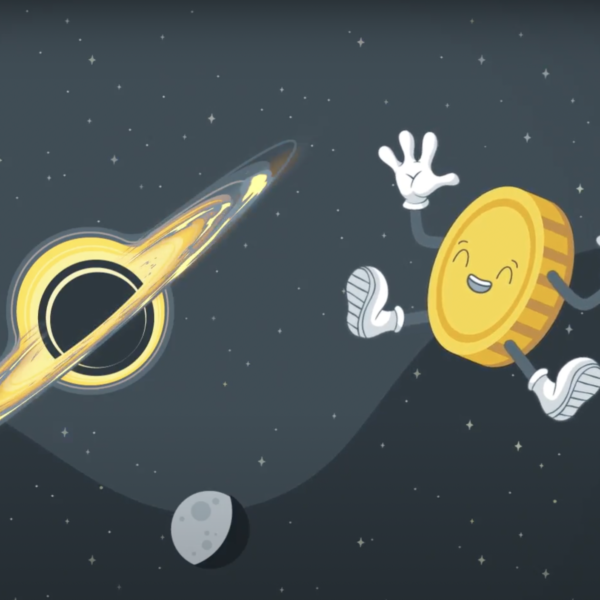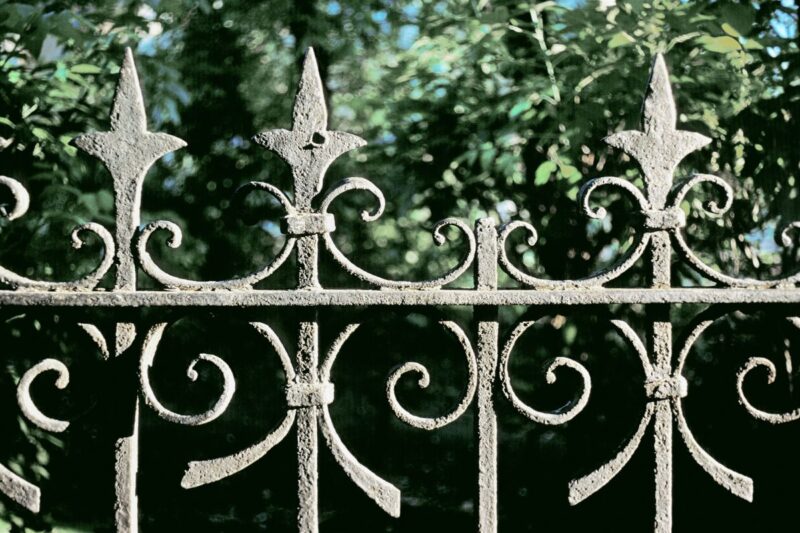

When Sweden created central banks
Central banks have become an indispensable tool for the functioning and regulation of the global monetary system. But it all started with the financial panic triggered by Johan Palmstruch, banker and creator of the modern banknote.
Johan Palmstruch is remembered today as a pioneer, but he could also be considered a swindler. This 17th-century Dutch businessman and merchant modernised the world’s monetary and banking system almost unintentionally. Just for his own interests.
The first central bank
Sweden was embroiled in armed conflicts that required the crown to invest more and more money. So Palmstruch persuaded King Carl X Gustaf of Sweden to set up Stockholms Banco in 1657. It was a private bank, but the king was the CEO and half of the profits went to the crown. It was, therefore, the forerunner of central banking.
The business case was obvious because the Swedish government supported the bank. At that time there were copper, silver and gold coins in the country. Sweden was a major producer of copper, but debt from military adventurism kept accumulating and the parity of the copper coinage with silver and gold was becoming more and more difficult. Copper was depreciating due to the arrival of low-cost copper from Asia, which meant that 19-kilo copper coins had to be produced to maintain parity.
The role of deposits
In this context, Palmstruch introduced another novelty: he asked for permission to use customer deposits to give loans. This is quite normal now, but at the time it was innovative. He made a risk calculation and thought that a scenario where all customers would come forward to claim their money would never arise. He was wrong.
Copper continued to depreciate, and in 1660 the Swedish government decided to issue new coins. The bank’s customers asked to withdraw their old coins to spend them before they continued to lose value, but Palmstruch could not give everyone their money back. What was his next idea?
The creation of the modern banknote
Now, banknotes are our commonly used currency, but back then they were nothing more than a forward flight. A type of promissory note that he invented and got the crown to authorise it. The notes they printed were nothing more than a promise to pay the bearer. Palmstruchers, as they were known, were the first modern banknotes. We insist that this was a monetary innovation that was only born to plug a financial hole.
Paper money as a certificate of deposit had been in circulation for quite some time. But the Palmstruchers were the first banknotes in the current sense: issued on paper for a fixed amount, to the bearer, backed by the government and without the need to specify the depositor, the amount of the deposit or the interest. Was that enough? It wasn’t.
Bailout and central bank
Stockholm’s Bank issued too many banknotes and credit soared. The bank failed in 1664 and the government had to bail it out and return the money to the customers. Palmstruch went to prison, was released in 1670 and died a year later.
He had been convicted of fraud and, strangely enough, ended up creating the entities that would have to regulate that there was no fraud. As the Stockholms Banco was liquidated in 1667, the following year the government created the Bank of Stockholm. Now it was the first fully public central bank. With parliamentary control, to finance the government and with a ban on issuing banknotes.
To discover the best option to protect your savings, enter Preciosos 11Onze. We will help you buy the safe-haven asset par excellence, physical gold, at the best price.
Leave a Reply
You must be logged in to post a comment.





👍
🙌